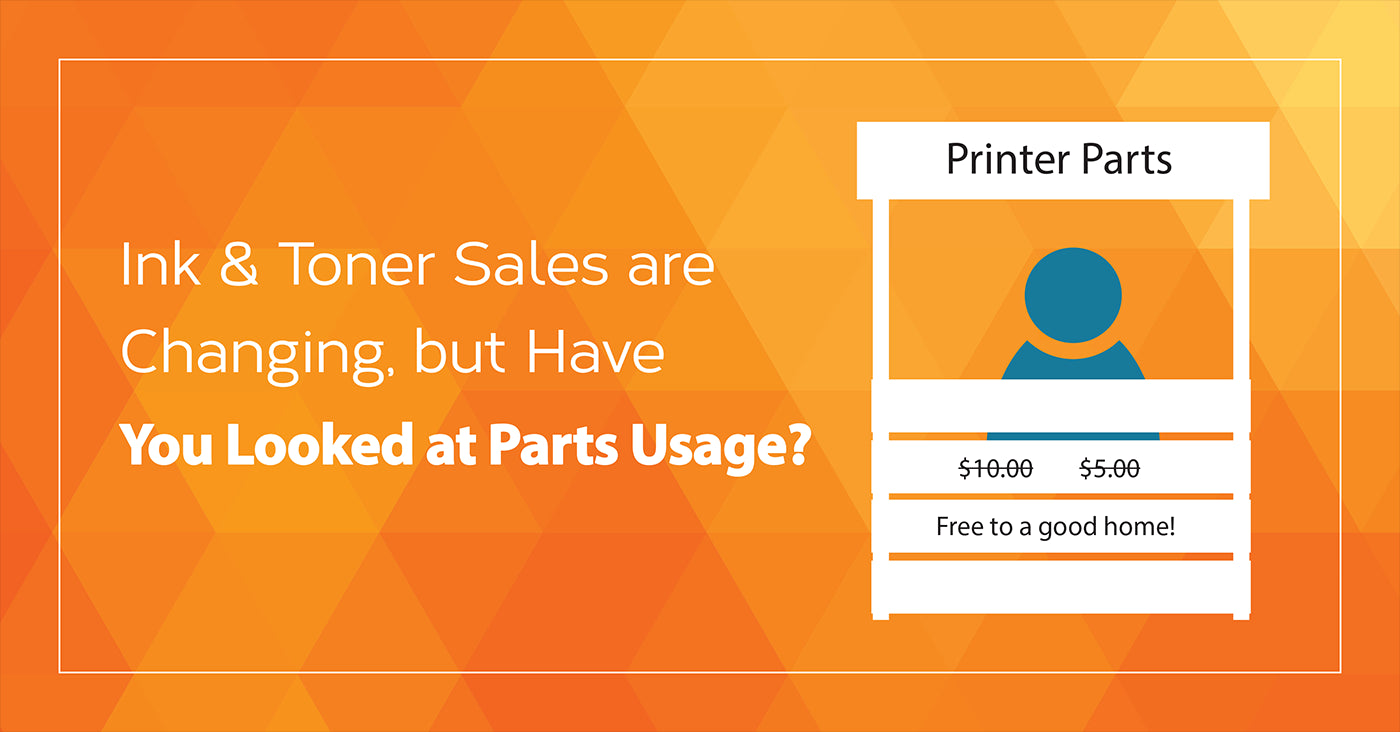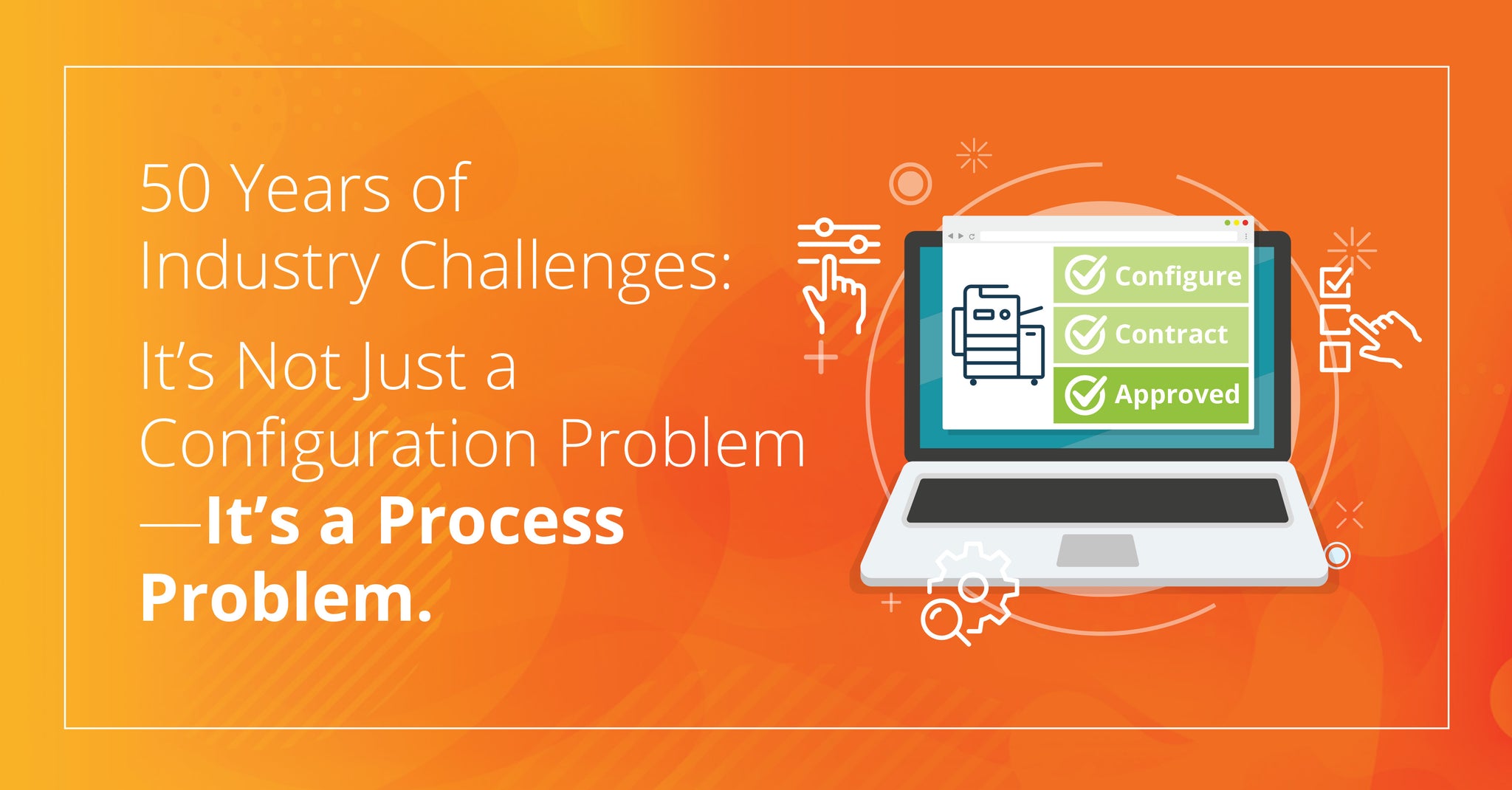If Your Parts Consumption is Shrinking, Shouldn't Your Service Department Follow Suit?

So, let’s get this straight, while Clover is working to restructure its loans, it acquires the assets of a competitor. How can that be spun any other way than bad for those that champion remanufacturing over OEM or new build compatibles? Hidden beneath this is the COMPLETE collapse of a once $100 million printer parts business, Parts Now. To me, that has bigger implications about where MPS and the field service industry are headed.
The more oxygen you have in your tank, the longer you can stay underwater, but at some point, everyone needs to come up for air.
That’s what has happened here. I don’t see one company being run better than another; it is only a matter of scale and access to capital that differentiated these two companies. But, did you know that only four years ago, LMI acquired Parts Now? At the time, Parts Now was HP’s largest OEM parts distributor and the world’s largest remanufacturer of fuser assemblies for printers. At one point that business was almost $100 million in revenue. Today, the former Parts Now portion of LMI’s business is a small line item in their overall business—which has reportedly fallen to below $20 million in annual sales.
A healthy parts business denotes a healthy field service business. What does it mean then, if a parts manufacturer goes away? There is no one reason, but:
- A decrease in print volumes is one factor. The less you print, the fewer maintenance kits are needed.
- Machine design changes where users can easily replace maintenance kits themselves (see video).
- Increase in the placement of smaller/non-repair devices (ink-based Epson, Brother, HP, etc.)
The demise of an entire category within our industry (parts) speaks to the decreased value proposition of MPS. The two main drivers of MPS were that printers needed repair and that buying toner was a pain. So, if repair is going away, how has that impacted your service team? The above video shows a maintenance kit being replaced in under two minutes. Realistically, most A4 devices won’t ever need them. If your revenue has been flat to declining over the past few years, I’d look at how busy your service team is. You may not need half as many technicians as you currently employ—over the coming year or two? Even less.
Turn your service and supply business into e-commerce.
If repairing A4 devices is a dying art, what does that mean for your business? Embracing it and explaining what it means to customers will make you part of the solution. Arguing against what is clearly happening makes you sound like a Luddite—BTW how funny is this term for our industry?
Here’s my sales pitch:
“Hello customer: over the past few years, we’ve seen some changes in our industry when it comes to repairing devices. Many OEMs no longer make devices that can be repaired—they build them for a useful life of 3-4 years. So instead of us repairing these devices, we suggest replacing them. We’ve made it easy by narrowing suitable printers for you to a few reliable, economical and high-functioning devices, which you can buy right from our website instead of repairing older devices that may no longer be secure or functioning properly. Can I show you how it works?”
Repair is dead. Long live replace. Let us show you how to improve your customer experience.



